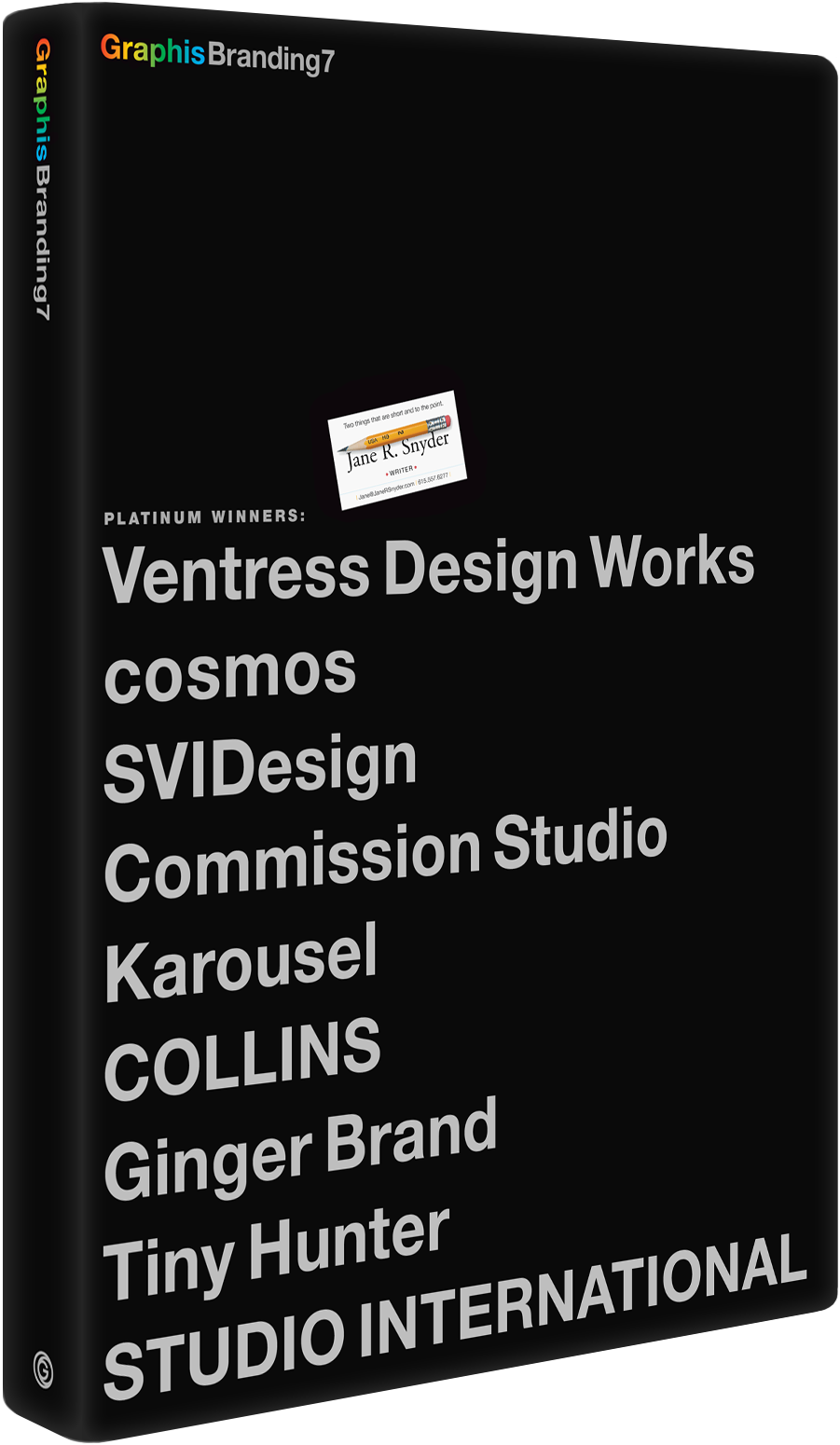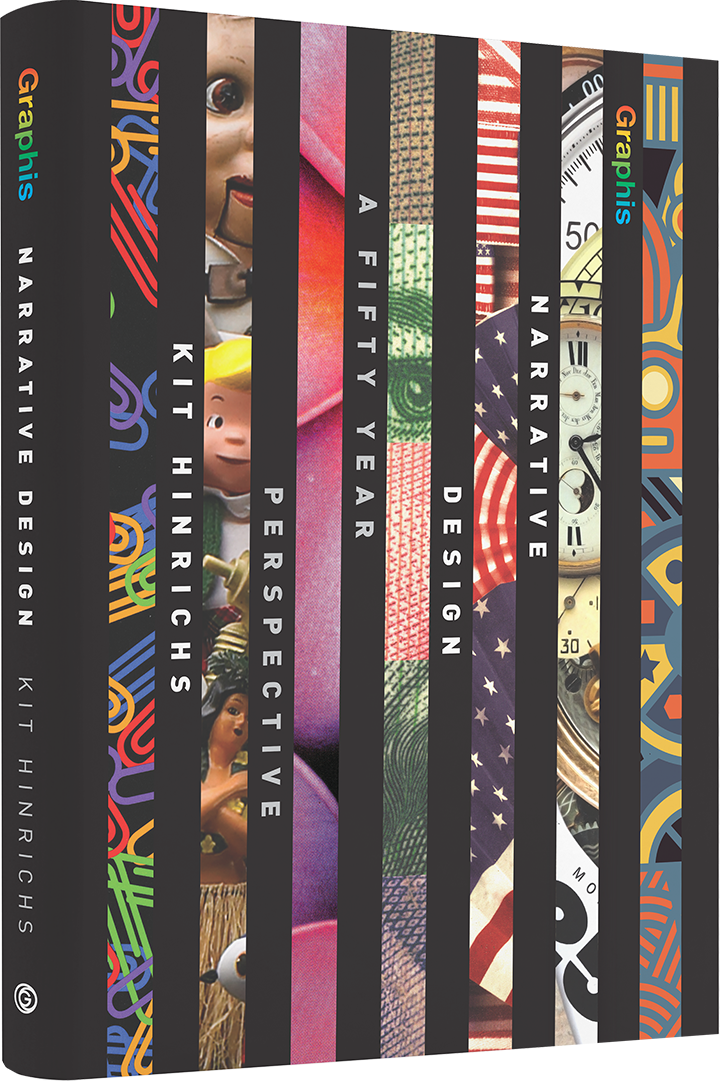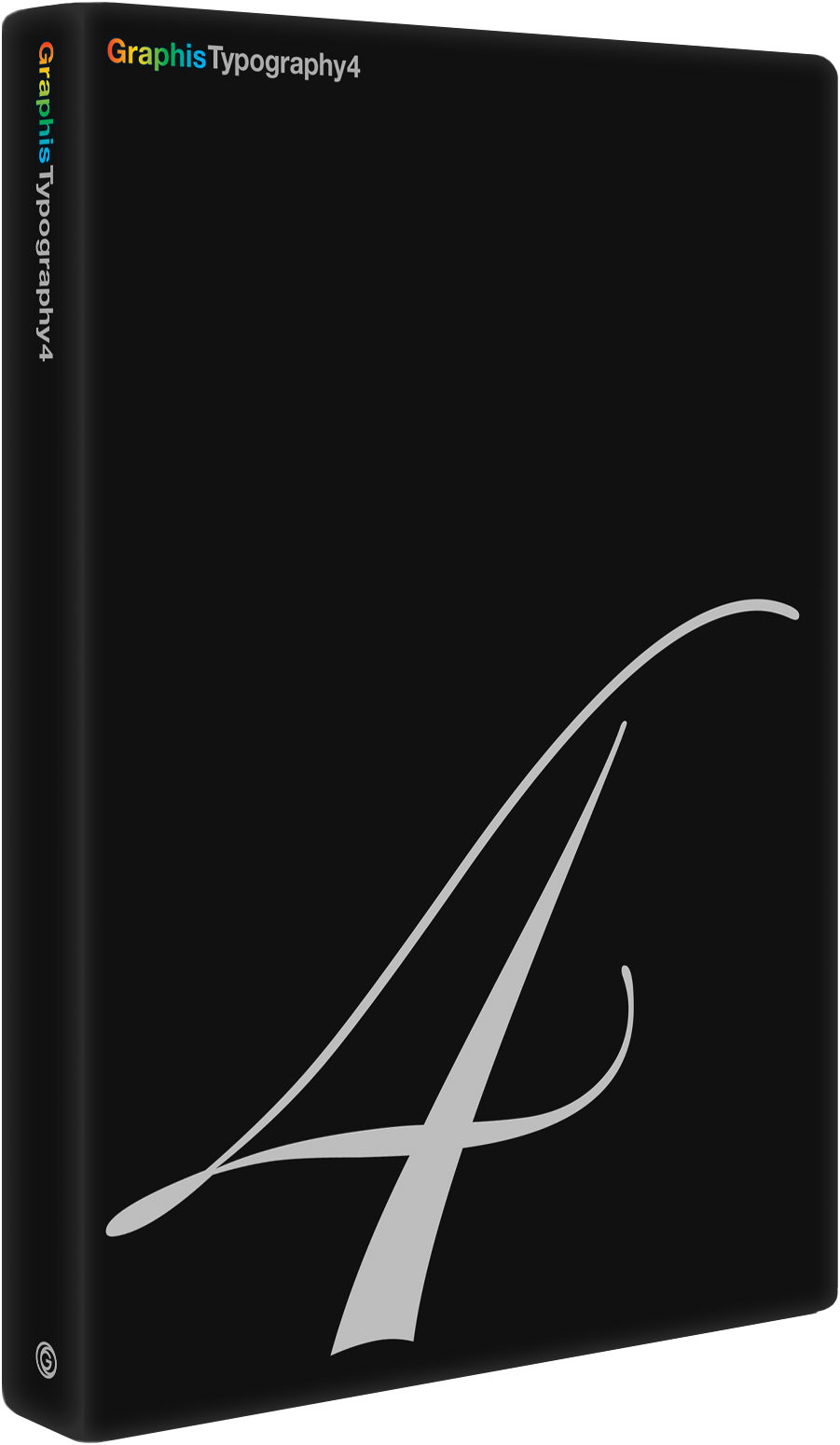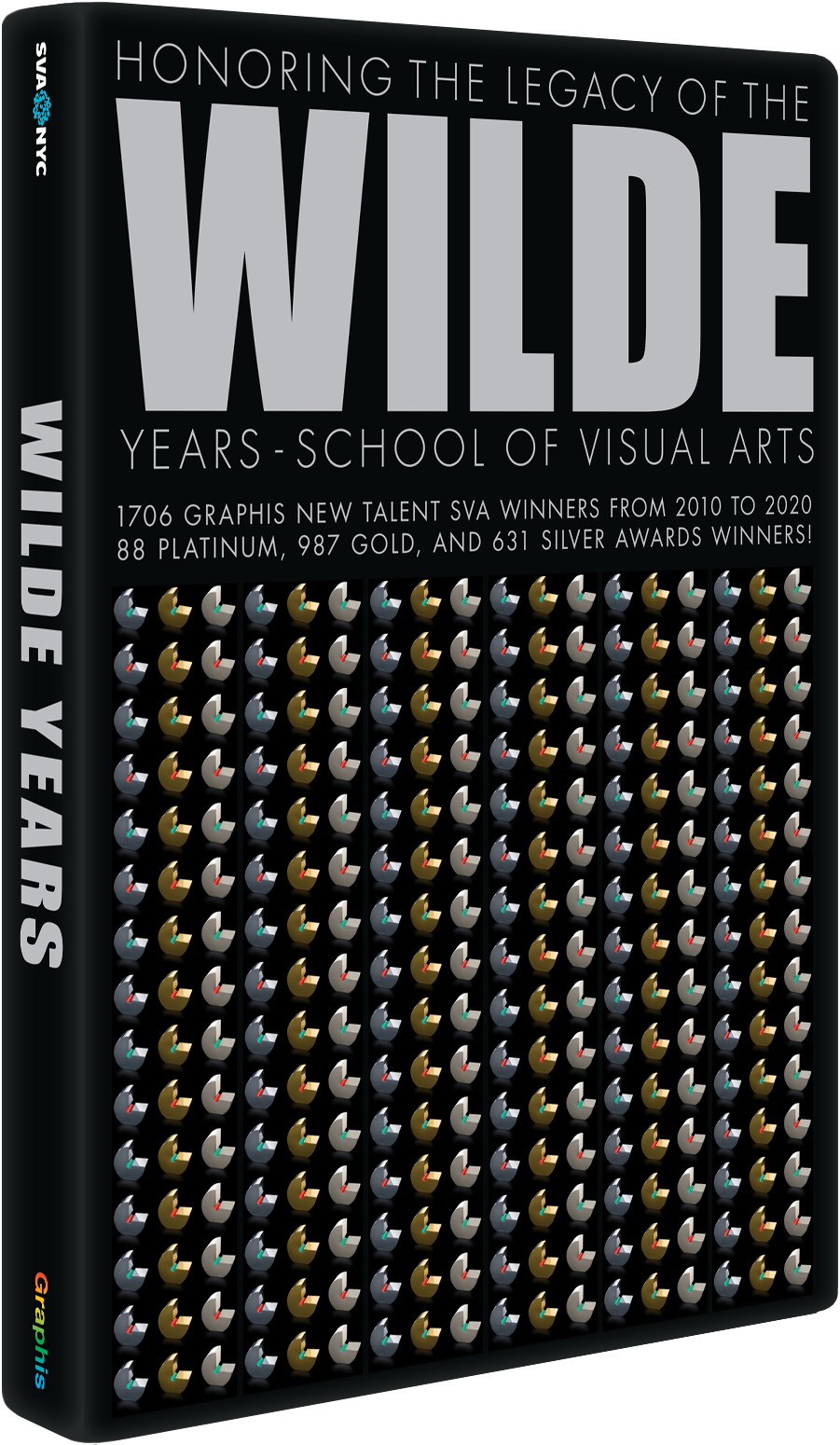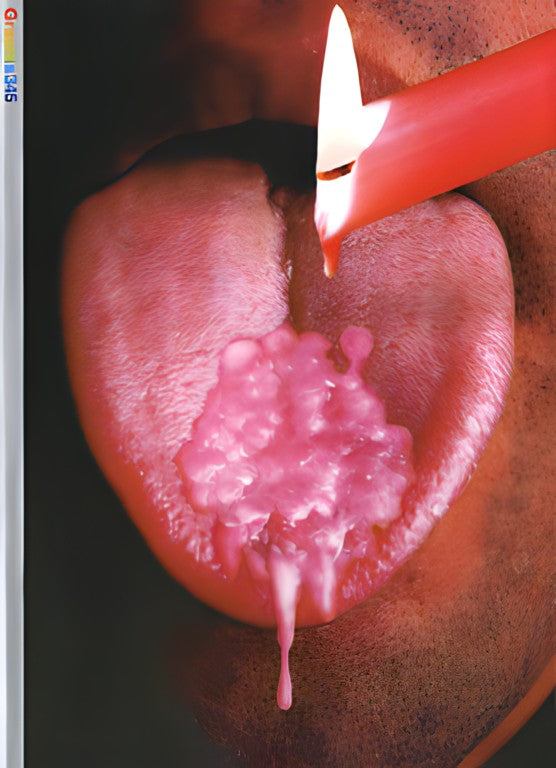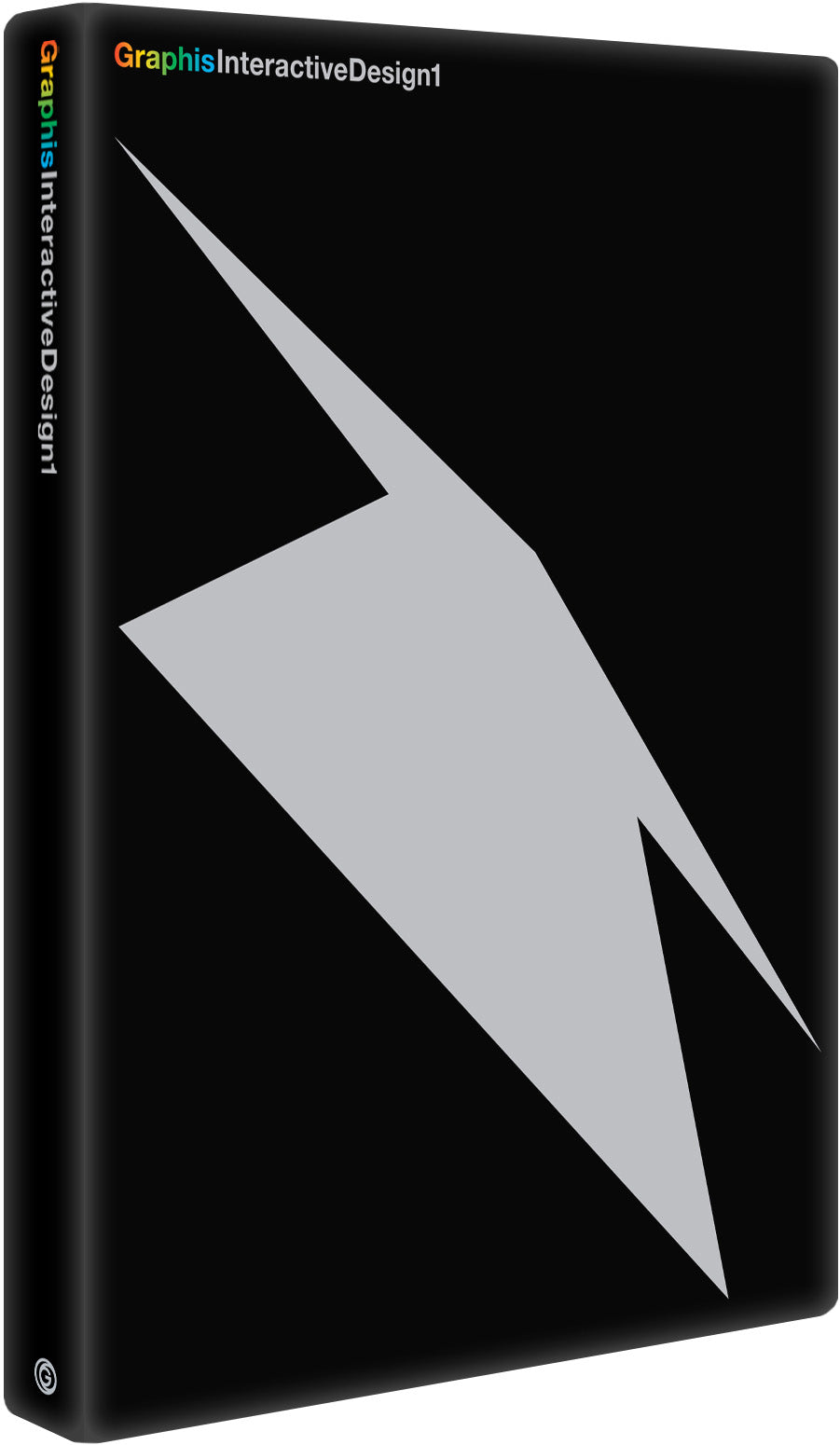Exposing Greenwashing Through the Power of Posters
Sometimes design isn’t about providing answers—it’s about asking better questions. With his poster series Green Isn’t Always Greener, Evan Johnson turns a skeptical eye on the recycling industry, exposing the gap between what we’ve been told and what’s actually true. Rooted in research and a personal sense of doubt, the project confronts misinformation and corporate greenwashing with honesty and urgency. Rather than lecturing or scaring viewers, the work reframes a familiar narrative through a sharper, more authentic lens—inviting us to pause, reconsider, and recognize the systems that benefit from oversimplified solutions
By: Evan Johnson, Freelance Designer & Art Director
I’ll start by saying this project pushed me to stop designing just to solve a problem and start designing to question one. It reminded me that sometimes the most powerful thing you can do is not to provide an answer—but to make people pause and ask better questions.
It was a simple brief: use design to counter some sort of misinformation.
My first thoughts weren’t so simple. Something along the lines of: So like, what exactly is misinformation? How does design relate to it? For whatever reason, that all confused me at first. But eventually, I landed here: it’s not just about wrong facts. It’s about the ways information is shaped and spread, whether deliberately or not. Possibly should’ve already known that… but whatever.
I started by looking at stuff I already thought was a lie. But what actually moved the project forward was questioning the things I assumed were true. Thinking about things I’ve personally been skeptical of, not necessarily trending debates, but systems we’re told to trust.
That led me to the recycling industry. From a young age, we’re taught to toss things in the bin and feel good about it. It always felt like there was something to question there. We create this much plastic (~70,000,000,000 lbs./year) and somehow expect a blue bin to fix it. That’s a lot of zeros. That doubt turned into research, and that research turned into this project. What I found was a broken system. Not just in how plastic is managed, but in how we’ve been encouraged to believe it’s all under control. The average person assumes everything they put in the recycling bin actually gets recycled. In reality, only about 5% of it does.
That gap between what we’re told and what’s actually true is what the campaign is built on. As this was a school project I didn’t choose a client until I was done with the work. But that added to the passion of it, it wasn’t for a client it was for a cause. Green Isn’t Always Greener is a
poster series that challenges the narrative we’ve grown up with. It doesn’t lecture or overwhelm, it holds up the truth and asks you to sit with it. The idea wasn’t to scare people or make them feel hopeless. It was to take a message that’s been oversimplified for years and reframe it through a more honest lens. One that reflects how a lot of young people feel right now—suspicious of surface-level solutions and tired of being the ones expected to “do better” when the real problem sits much higher up.
What made the project so fun was tapping into something a lot of people our age are already feeling. That growing sense of doubt in the systems around us. It became a reflection of that broader skepticism toward industries that present themselves as part of the solution while quietly contributing to the problem. This project taught me that design can do more than make someone feel something, it can make them rethink something. The posters exposed the key players: big oil, corporate greenwashing, and a system that’s been quietly failing for years. But they didn’t just show the problem, they forced you to question the story you’ve been told your whole life. The posters didn’t just talk about recycling. They made people reconsider who’s actually benefiting from the way things are.
What makes me proud of this work is how honest it is. It wasn’t trying to be clever for the sake of it. It didn’t hide behind feel-good messaging. It was straightforward and a little uncomfortable, and I think that’s why it worked.
About Evan Johnson

I’m a designer and art director from Tulsa, Oklahoma now living in California and working in advertising. I recently graduated and was lucky enough to find a job, it's kinda like school but they pay me. I try to come up with ideas that move people, work that earns attention, and craft that feels human. Whether building a brand’s identity or shaping a campaign, I’m drawn to the challenge of making people feel something. Now in the real world of ads, I’m continuing to explore how design and storytelling create meaningful connections between brands and people.
Enter your work to the next Graphis New Talent Awards here!
You may also like
Dong Hyun Kim Infuses Typography and Form into the Pulse of New York
New York–based graphic designer Dong Hyun Kim brings a fresh, modern voice to classic design principles in…
Read MoreFrom Athletes to Aviation, Robert Seale Frames It All
Featured in Graphis Journal #386, Robert Seale is a photographer whose work bridges editorial, commercial, and industrial…
Read More
Related Annuals & Publications
View AllBecome a Graphis Member
- 1-Year Membership Subscription
- Enjoy 50% off on Call for Entries
- 1-Year FREE Subscription to Graphis Journal
- Your Portfolio online with profile + links
- Get 20% off on Graphis Books
